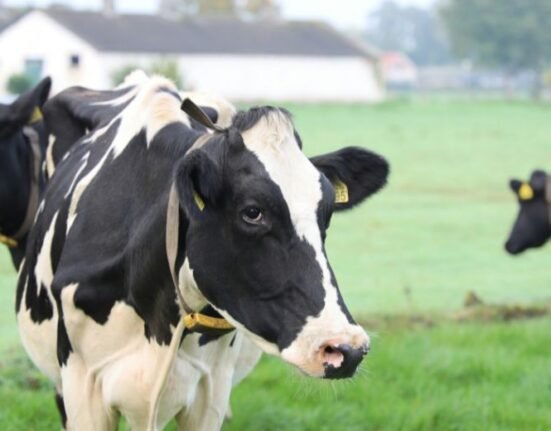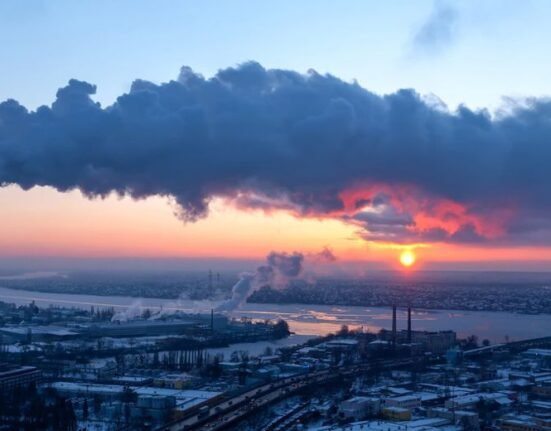HQ Team
July 12, 2023: Air particulate matter and nitrogen dioxide gases are the largest environmental causes of death in Europe, according to a study by the Barcelona Institute for Global Health (ISGlobal).
Data for 857 cities showed the largest contributor to PM2.5 mortality is emissions from residential sources. PM2.5 are fine inhalable particles, with diameters that are generally 2.5 micrometers and smaller.
The average contribution was 22.7% across all cities. The agriculture sector accounted for an average of 18% of PM2.5 mortality.
Industry with 13.8%, transport, with 13.5%, energy sector, with 10%, natural resources, with 8.8% and shipping with 5.5% followed.
NO2 or nitrogen dioxide, primarily gets in the air from the burning of fuel. NO₂ is an intermediate in the industrial synthesis of nitric acid, millions of tons of which are made each year for use primarily in the production of fertilizers.
Transport sector
“If we look at NO2 and PM2.5 combined, traffic remains the largest contributor to both poor air quality and associated mortality,” said Sasha Khomenko, ISGlobal researcher and first author of the study.
“However, if we look exclusively at the PM2.5-related mortality, we see a significant contribution from the residential sector and agriculture.”
PM2.5 particles are the air pollutant with the greatest negative impact on mortality in European cities. The researchers said that research was needed to know which components of PM2.5 particles were most harmful to health so that more precise mitigation measures can be designed.
The researchers did not break down the specific sources of emissions for each sector in their study.
Burning of coal
From the scientific literature, they said, that most of the particulate matter generated at the household level was mainly due to biomass and burning of coal for heating.
Fossil fuel-based systems for heat and hot water generation and gas cookers added to air pollution, researcher Khomenko said.
“We know that rising fossil fuel prices and climate change mitigation policies have led to an increase in biofuel use. However, the fact that they are products of natural origin does not mean that they are not harmful to health,” she said.
Intensive livestock farming was a major source of particulate matter, which is generated mainly from ammonia in animal slurry, and also through the use of certain fertilizers.
“It is a source of pollution that spreads from its place of origin and moves to nearby cities,” she said.
Holistic approach
In terms of NO2 mortality, there was one very prominent contributor, which is the transport sector, with an average contribution across all cities at 48.5%.
Other sectors with a considerable contribution were industry with an average of 15%, the energy sector with 14.7% housing with 10.3%, and shipping with 9.7%.
“To reduce air pollution we need a multisectoral holistic action and solutions,” said Mark Nieuwenhuijsen, director of ISGlobal’s Urban Planning, Environment and Health Initiative.
“For example with task forces across the current silos —urban planning, transport engineering, housing, environment, health, education, agriculture, business — at city, national, and EU levels”, said Nieuwenhuijsen.








